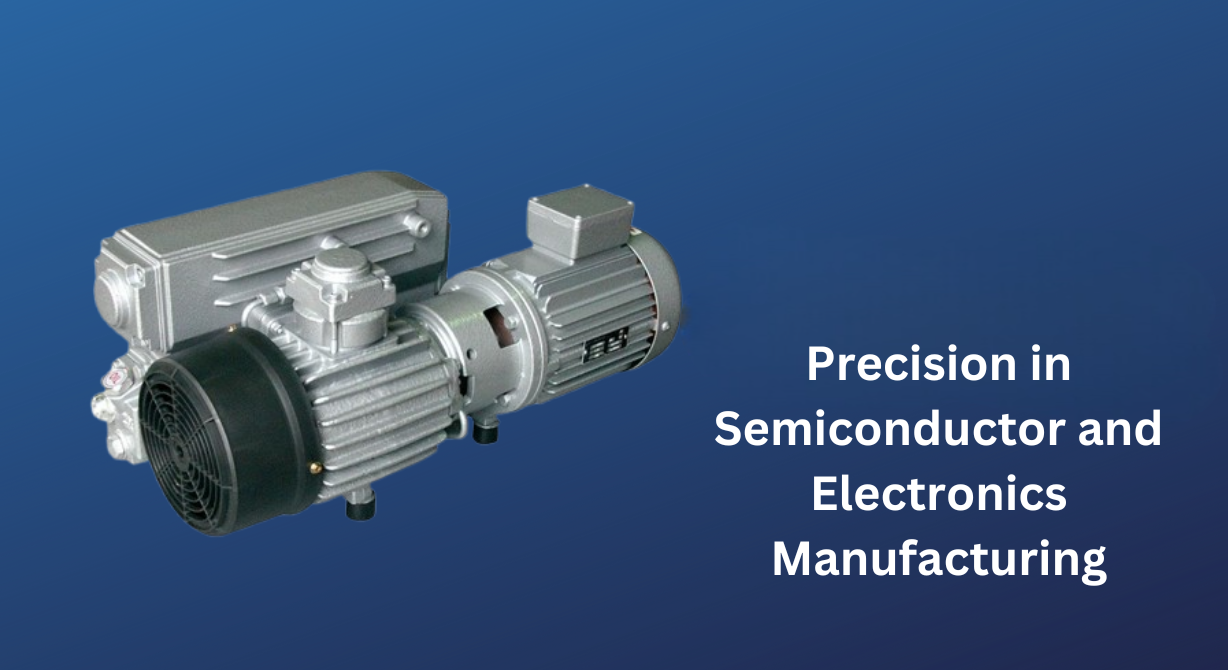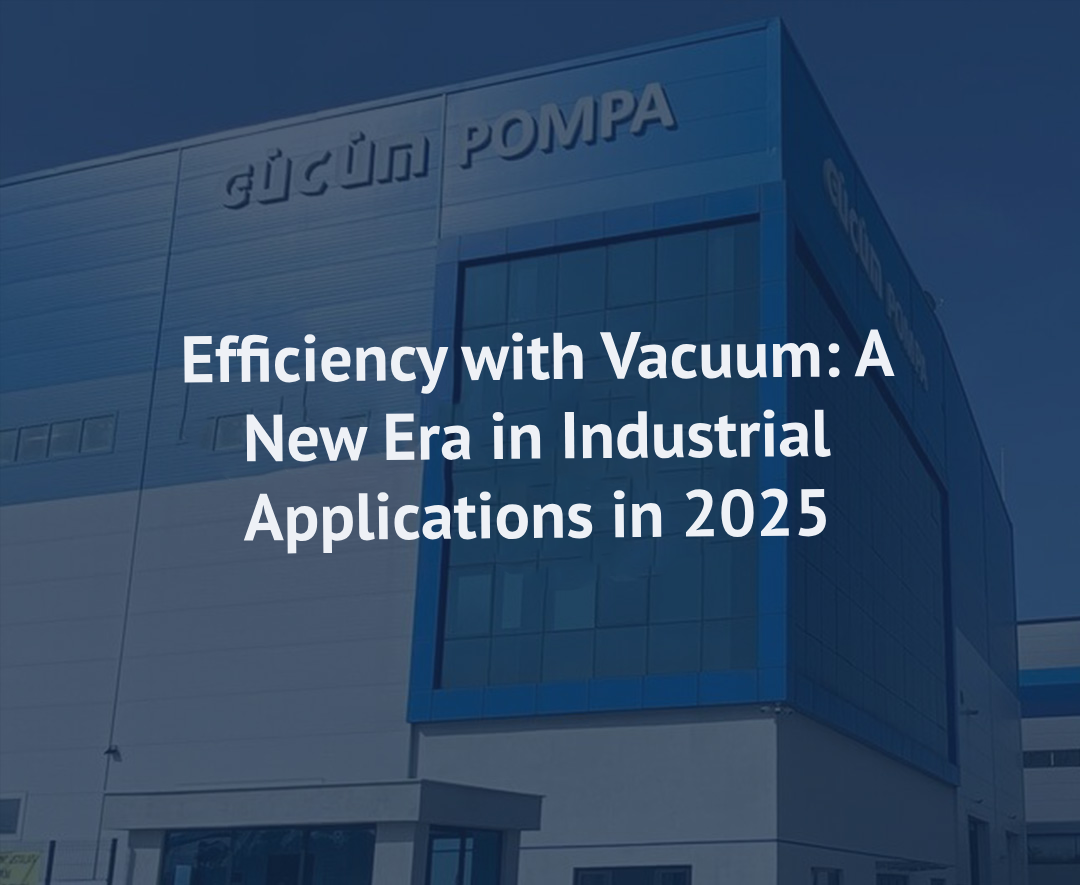Efficiency with Vacuum: A New Era in Industrial Applications in 2025
Table of Contents
- The Industrial Power of Vacuum Pumps
- New Horizons of Vacuum Technology in 2025
- Food Industry: Efficiency and Quality
- Precision in Semiconductor and Electronics Manufacturing
- Innovations in Biotechnology and Pharmaceuticals
- Automotive Industry
- Green Energy and Environmental Applications
- Vacuum in Space and Advanced Material Production
The Industrial Power of Vacuum Pumps
Vacuum pumps are technological devices that create low-pressure environments by extracting gases and liquids from a system. In 2025, varieties such as dry, oil-sealed, liquid ring, and turbomolecular pumps enhance efficiency across industries. Their core function is to provide precise control and clean environments, optimizing production processes.
In 2025, vacuum pumps stand out with IoT integration and energy-saving designs. AI-supported systems predict maintenance needs, minimizing downtime. Eco-friendly materials and low-emission models align with industries’ sustainability goals.
New Horizons of Vacuum Technology in 2025
2025 marks a turning point for vacuum technology in industrial applications. Rising efficiency demands and innovative technologies make vacuum pumps indispensable from food to space exploration. Smart systems and eco-conscious designs advance global sustainability goals.
Food Industry: Efficiency and Quality
The food industry in 2025 is a prime example of how vacuum pumps redefine efficiency and quality. Vacuum packaging prevents spoilage in delicate products, extending shelf life. This technology combats global food waste. Vacuum-packed organic fruits retain fresh quality for weeks.
Lyophilization is one of the most innovative applications of vacuum pumps in food. In 2025, this method drives the production of functional foods and dietary supplements, preserving nutritional value.
In beverage production, vacuum pumps deliver precision in carbonation and degassing. For carbonated drinks, optimizing gas levels under vacuum enhances consistency. Compact vacuum pumps empower artisanal producers in 2025.
Vacuum pumps revolutionize plant-based food innovation. In 2025, vacuum processing creates texture in vegan meat alternatives, boosting consumer acceptance. Vacuum extraction enhances yields in vegetable oils.
Sustainability shapes vacuum pump design. In 2025, low-energy dry pumps reduce carbon footprints. IoT-connected pumps optimize energy use through real-time data analysis.
Precision in Semiconductor and Electronics Manufacturing
Semiconductor manufacturing in 2025 is a domain where vacuum pumps meet precision. 2nm chips and quantum processors require ultra-high vacuum (UHV) environments. Vacuum pumps eliminate contamination, supporting zero-defect goals.
Flexible displays and organic LEDs rely on vacuum technology. In 2025, low-energy turbomolecular pumps provide eco-friendly production.
Innovations in Biotechnology and Pharmaceuticals
Biotechnology and pharmaceuticals in 2025 leverage the transformative power of vacuum pumps. mRNA therapies and biosimilars are produced in sterile vacuum environments. Vacuum pumps enhance vaccine quality.
In bioreactors, vacuum pumps regulate gas balance for cell culture processes. AI-integrated pumps offer real-time efficiency in 2025.

Automotive Industry
The automotive industry in 2025 is a hub for vacuum pump efficiency. Electric vehicle battery production optimizes electrode drying and electrolyte filling to boost performance.
Vacuum molding for carbon fiber vehicle bodies reduces weight. Autonomous vehicle sensors are produced in dust-free vacuum environments.
Green Energy and Environmental Applications
Green energy in 2025 showcases the environmental impact of vacuum pumps. Vacuum coating in solar panel production enhances efficiency. Vacuum pumps optimize energy conversion in hydrogen fuel cells.
In environmental applications, vacuum pumps aid CO2 absorption in carbon capture systems. They support biogas and wastewater treatment.
Vacuum in Space and Advanced Material Production
The space industry in 2025 pushes vacuum pump boundaries. Satellite components are produced in ultra-high vacuum environments. Lightweight alloys for lunar missions are vacuum-processed.
In advanced materials, graphene and nanomaterials are synthesized in vacuum. Vacuum pumps integrated with 3D printing produce innovative materials.


